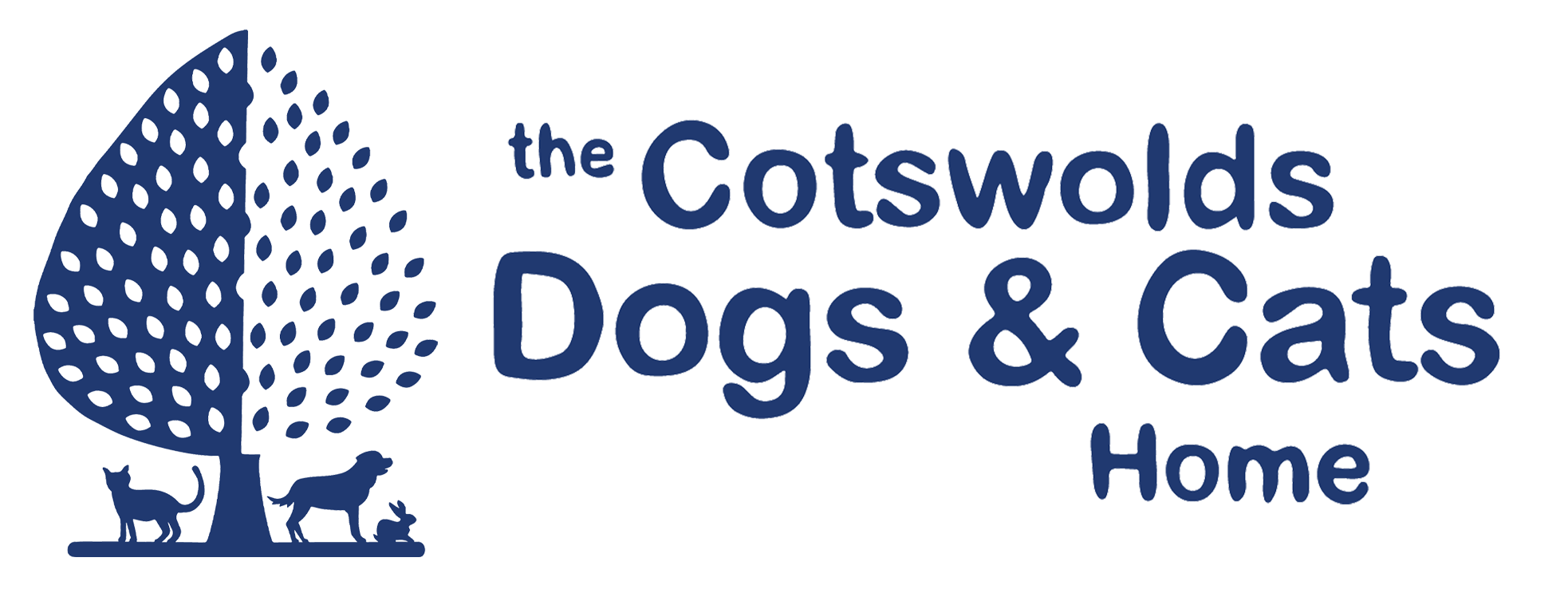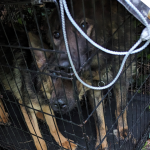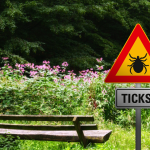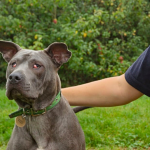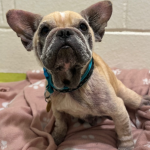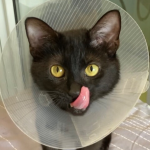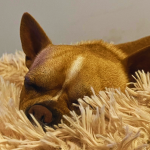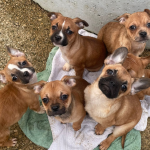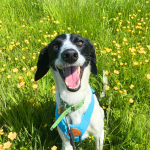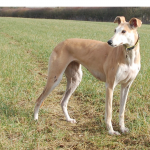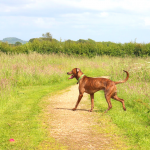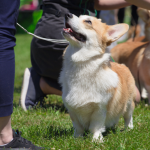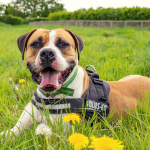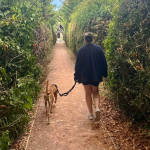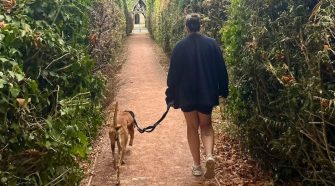
Be aware of plants that can be toxic to your pet!
Our homes and gardens are meant to be havens for us and our furry friends, but certain plants can pose serious risks to their health. Whether it’s a curious cat nibbling on houseplants or a dog exploring the garden, toxic plants are a hidden danger that many pet owners overlook. This guide will help you identify common plants that can harm pets to take steps to create a safer environment for your beloved companions.
Can dogs eat grass?
If your dog is eating grass, it may be that they’re feeling unwell and are trying to purge their system or simply snacking because they find it tasty.
Grass itself isn’t inherently dangerous to dogs and eating small quantities is unlikely to cause any problems, but it’s best to prevent them eating lots of it. This is especially true for areas which have been treated with pesticides or chemicals, or are home to slugs, snails, insects or parasites which may cause health problems if ingested.
It’s normal for dogs to eat grass every now and again, but if you’re worried about the amount your dog is consuming, or think there may be an underlying condition causing them to feel nauseous, make an appointment with your vet.
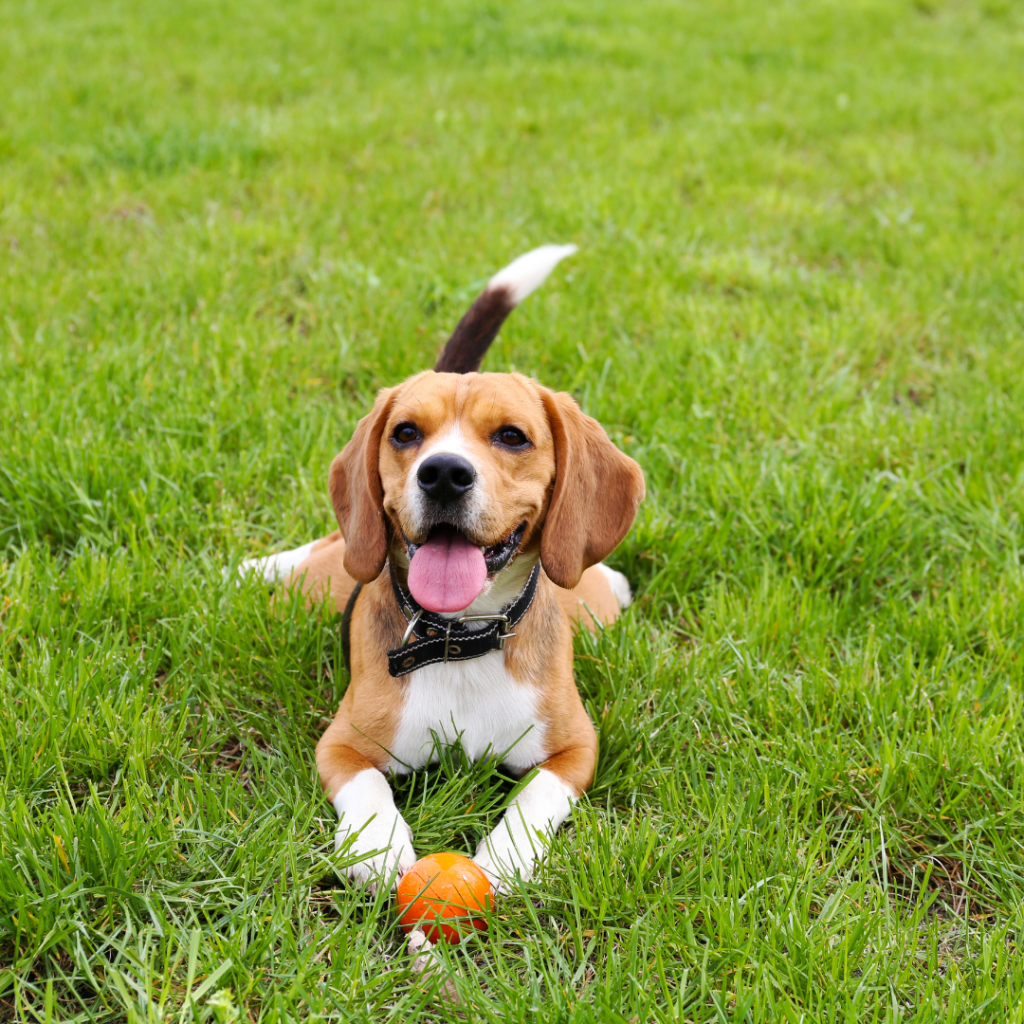

Indoor Plants
Houseplants are a great way to make a space feel more homely and bring the outside in. However, there are some varieties which you should consider keeping out of your dog’s reach.
Aloe vera, spider plants, and swiss cheese plants are all very popular choices, but they can all cause a variety of health issues if ingested, ranging from excess salivation, mouth irritation, vomiting and diarrhoea. A particular one to watch out for is the delightfully named mother-in-law’s tongue, which can be very dangerous – eating this can cause tremors, seizures, loss of balance – and can even be fatal in some cases.
Spring Flowers
Lots of species of flower bloom in spring, and it’s one of the things we can all look forward to: they transform our gardens and walking routes. However, some varieties can pose a danger to your dog, so it may be worth taking extra care to ensure they’re not getting too close to anything which can harm them. The main danger comes when flowers are ingested, so if you have a particularly snacky dog, read on…
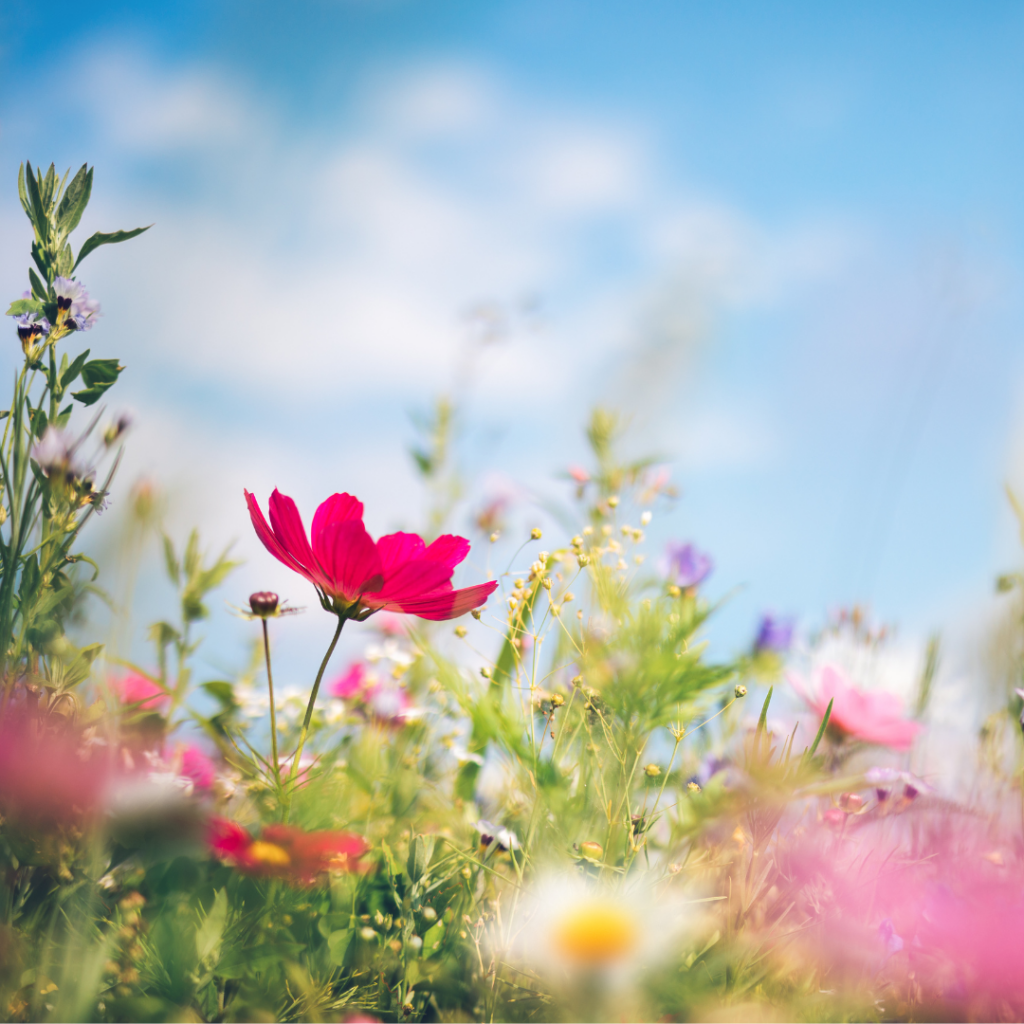
Our woodlands are full of beautiful flowers which are generally harmless, but you will want to prevent your dog from eating.
Bluebells, for example, are a popular spring visitor, blooming in droves from mid-April until late May. It’s best for your dog to keep their distance from these beautiful flowers though, as bluebells but are likely to upset your dog’s stomach if eaten, and can be harmful if eaten in quantity. Other common spring plants, such as english ivy, foxgloves and lily of the valley, which can also be toxic if eaten, often causing nausea and vomiting. Even the very common and innocent-looking buttercup can be a problem: the juice from these flowers can harm your dog’s digestive system, and can cause dermatitis – an uncomfortable condition which causes inflammation and itching.
If your dog is a notorious snacker, it’s worth being mindful of what you have planted in the garden too. Many dogs are allergic to hyacinth, a popular garden flower – getting too close to these can cause skin irritation and they can also be harmful if eaten in quantity. Other plants to watch out for are daffodils and their close relative narcissus, rhododendrons, crocuses, geranium and wisteria – while these lovely flowers may brighten up your garden, they can all cause health problems for your dog if ingested.
If you are ever unsure please do speak with your vet.
Categories
- Appeals (6)
- Events (7)
- News & Updates (66)
- Happy Tails (23)
- Past Appeals (83)
- Past Events (95)
- Support & Advice (46)
- Challenge Events (2)
Recent Posts
Related posts

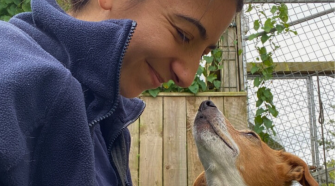
How to Prepare Your Home for a Rescue Dog
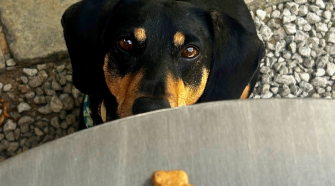
Dog-Friendly Places to Eat in the Cotswolds
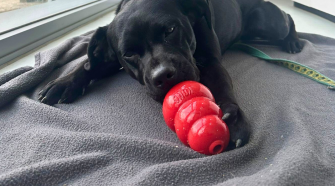
Beat the Heat: Homemade Frozen Treats Your Dog Will Love
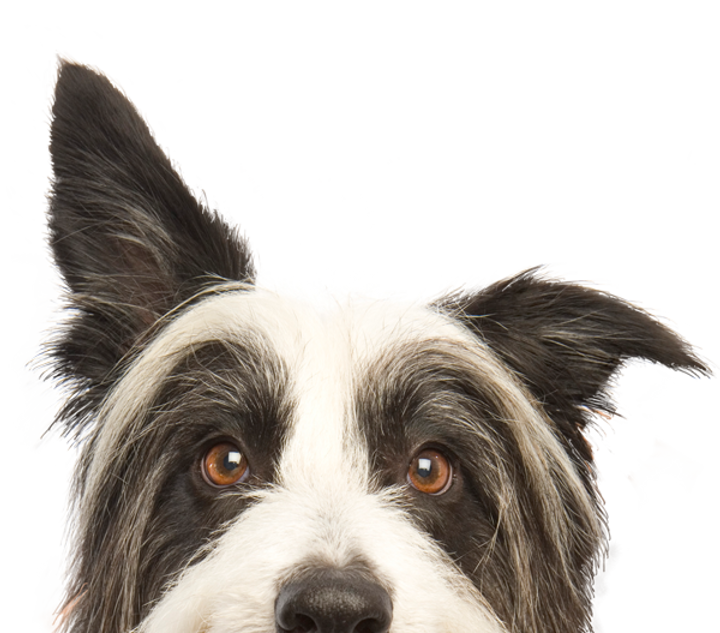
To report cruelty or an animal in distress call 0300 1234 999
